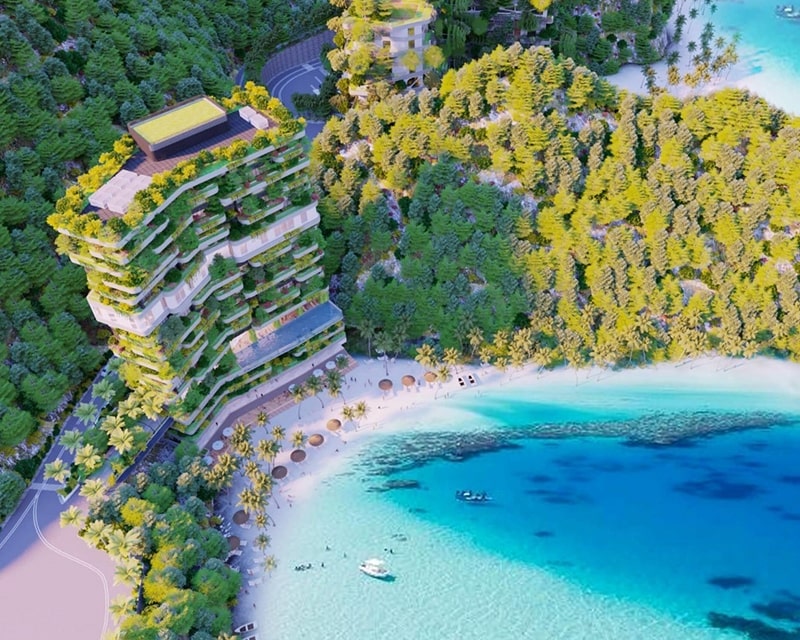Cát Bà Biosphere Reserve is one of the most important and prominent nature reserves in northern Vietnam. Located in Lan Ha Bay and the Gulf of Tonkin, Cát Bà Biosphere Reserve was recognized by UNESCO as a World Biosphere Reserve in 2004. It is one of the richest biodiversity areas, with characteristic marine and forest ecosystems, playing a vital role in protecting natural resources while promoting sustainable tourism development.
1. Location and Features of Cát Bà Biosphere Reserve:
Cát Bà Biosphere Reserve is located on Cát Bà Island, which belongs to Hai Phong City, about 150 km southeast of Hanoi. Covering an area of about 26,000 hectares, the reserve encompasses marine ecosystems, mountains, wetlands, and coastal areas, forming a perfect combination of natural landscapes and biodiversity.
2. Ecological Value and Conservation:
Cát Bà Biosphere Reserve has special ecological value, protecting many rare species of flora and fauna and maintaining diverse ecosystems.
Biodiversity Protection: Cát Bà Biosphere Reserve is home to many rare animal and plant species, including the Cát Bà langur – a primate species endemic to Vietnam and critically endangered. Additionally, it is inhabited by marine animals such as sea turtles, dolphins, and many coral species.
Environmental Regulation Function: The area plays an important role in regulating climate, protecting water sources, and maintaining air quality. Mangrove forests and coastal areas function to protect shorelines, reducing the impact of sea waves and monsoon winds.
Disaster Mitigation: The forest and marine ecosystems in this area help mitigate the impact of storms, large waves, and protect other natural resources.
3. Characteristics of Flora and Fauna:
Animals: Cát Bà is home to some rare species of animals, especially the Cát Bà langur (Trachypithecus poliocephalus), an endemic primate species in this region. Other animals include marine species like dolphins, sea turtles, seabirds, and corals.
Plants: The plant system in Cát Bà is very diverse, from tropical rainforest species, mangrove forests, to coastal plants, playing a crucial role in maintaining ecosystem stability.
4. Major Tourist Attractions:
Cát Bà National Park: This is the center of the Biosphere Reserve, protecting rare animal and plant species. Visitors can participate in trekking activities in the forest, explore caves and waterfalls, and enjoy the pristine beauty of nature.
Lan Ha Bay: Lan Ha Bay is one of the popular tourist destinations in Cát Bà, featuring thousands of small islands, pristine beaches, and crystal-clear waters. It is an ideal place for eco-tourism activities such as kayaking, scuba diving, and visiting traditional fishing villages.
Cát Dứa Island and Cát Cò Beach: The islands and beaches in the Cát Bà area, such as Cát Dứa and Cát Cò, are perfect for those who enjoy exploring nature, relaxing, and participating in water sports activities.
5. Conservation and Sustainable Development Activities:
Research and Ecological Monitoring: Scientific research programs are conducted to monitor and assess the conservation status of species in the area, and to propose protection measures.
Community Education and Awareness: Programs to educate and raise awareness about environmental protection and biodiversity conservation are organized to enhance the understanding of local people and visitors.
Sustainable Ecotourism: Ecotourism plays an important role in local economic development but is also managed to ensure it does not harm the environment and protects natural resources. The tourism activities in the area mainly focus on eco-friendly experiences such as forest walking, bay exploration, diving, and ecological research.

